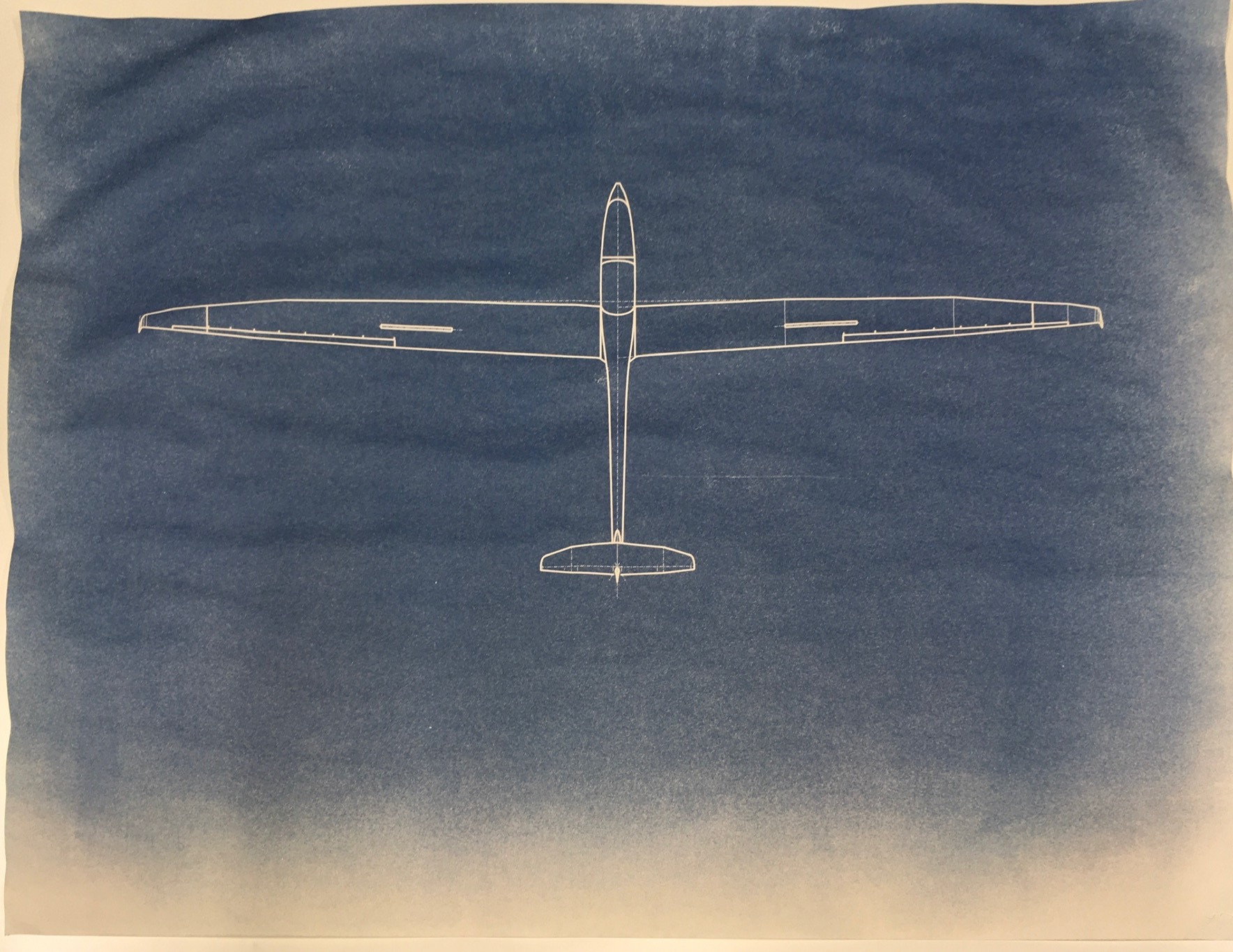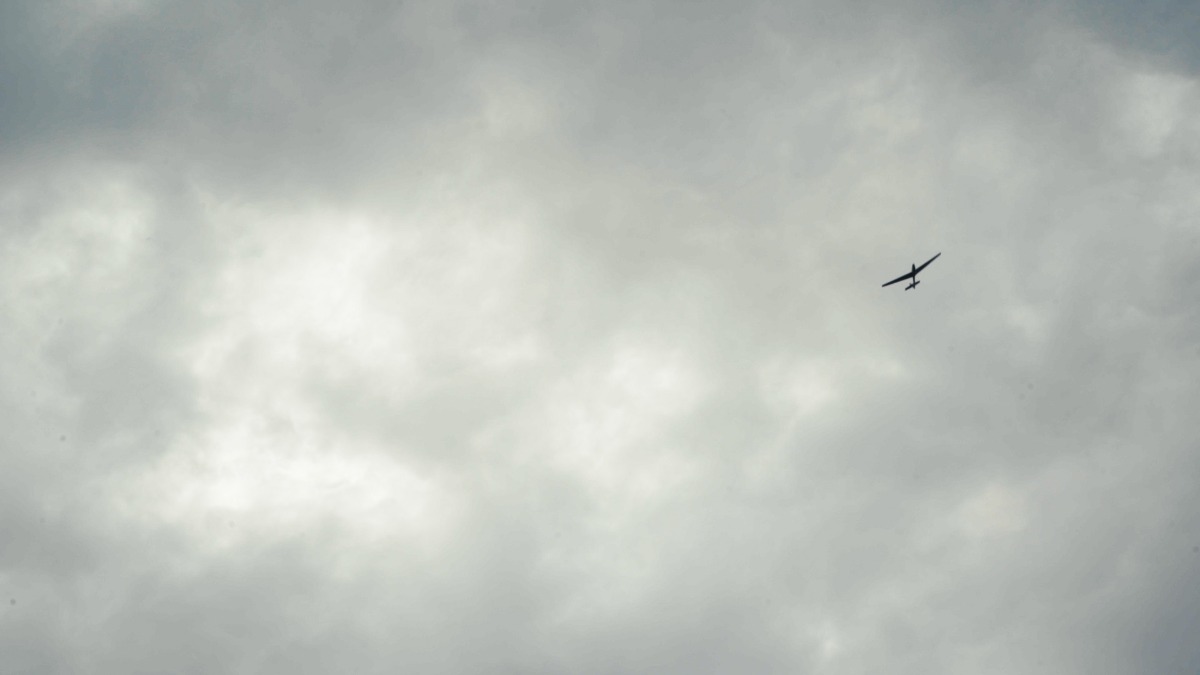
Krista Molder. A Flight Put on Pause
28 November saw the Estonian artist Krista Mölder, who has done a lot of interesting work in photography and its presentation in a space, open her solo exhibition at Tallinn’s Temnikova & Kasela gallery. The show entitled ‘You Were a Bird’ is on view through 24 January.
Krista’s photographs usually do not serve as evidence to whatever they seem to depict. Rather, they are like visual codes to certain emotions or sensations that seem to be just an elusive flicker, a mere hint of what they really are. And we also inevitably catch ourselves finishing her photographs in our mind, arranging our personal versions of the space behind them. Shadows of other presences and fragments looking for the complete picture help us effortlessly step outside the frame of the particular image. Sometimes Mölder even hides her photographs behind a semi-transparent veil or tracing paper to blur, wash out the specific picture into the air. Showing her work is an additional means of expression for her.
«You were a bird». Exhibition view at the Temnikova & Kasela gallery. Photo: Hedi Jaansoo
‘The position and medium of pictures matter a great deal. In fact, I ascribe so much importance to placement that I can even sometimes forget about the rest of the field of meanings during the installation phase ‒ or I fret that if I arrange it the wrong way, the message might get lost on its way to the viewer,’ Krista told me last year when we were preparing an article on her exhibition at the Iragui gallery in Moscow.
This time around, Krista has been interested in the subject of flight and anticipation thereof. In his notes on the artist’s latest exhibition, Tallinn-based philosopher Eik Hermann says: ‘Gliding presents us with a tension-laden encounter of extreme vulnerability and control. [...] Such a high tension, however, is barely present in the show. It has been softened into a low-tensioned wait, of a nurturing pause under covers, of a calm readiness of slumbering gliders. This state is perhaps not unfamiliar to the viewer and they, too, are overcome by a longing for a nurturing pause and calm readiness.’

In keeping with the ‘new normal’, we contacted Krista via video link, and she conducted a mini video tour of the show. At one point she walked up to the window and showed me the sea right behind it. After all, for about a year now the Temnikova & Kasela gallery has been housed in the Noblessner neighbourhood of Tallinn (as has the Kai Art Centre), right on the waterfront and at the former site of a submarine factory. I think I even caught sight of a couple of Baltic seagulls right outside the window.
‘You Were a Bird’. Why this title ‒ what does it signify for you?
It came to me from a poem by Brodsky, ‘The Hawk's Cry in Autumn’, which in some ways was the source of inspiration for the project. Because some six months ago or so I watched a documentary on this poet, where someone said that a man capable of writing these lines must have known a lot about flying.
And so the whole thing started with the idea of flying and soaring, with a dream of flight (both physical and mental), with reflection on what it was even like ‒ living in a current: flowingly, with an abundance of air and all these vast horizons. And I thought that the best embodiment of such soaring was gliding, where you don’t need an engine of any kind, just your skills, presence of mind, and trust.
However, I do not show the actual flight. I capture my gliders and parts of their equipment back here on the ground. The spirit of the exhibition very much resonates with Christmastime or with the lockdown, when almost nothing ever happens. Everything is closed. But somewhere a new day is getting ready to get going. It is like a cocoon state, the mindset of a caterpillar gradually accumulating strength. And then there is a video projection ‒ a light silhouette of a glider ‒ crossing the gallery floor, disappearing and re-emerging again.
‘You Were a Bird’ ‒ is there a kind of sorrow, sense of loss for you in these words?
To me, it is not anything sad, completed, or final. It is rather an awareness that if I used to be a bird, this experience, this understanding that it is possible, must have remained in my consciousness. And I will be able to become a bird again at some point. I believe that the title attunes the viewer to a poetic wavelength, softens their perception. And it signals a switch to a certain dream state.
There is another point of departure for that ‒ sound. As I was preparing for my Tartu exhibition, which was eventually cancelled and postponed until spring 2021, I spent quite a lot of time thinking about the way a flute is built. Air freely travels along a tube, then encounters an obstacle, and suddenly a sound is born – almost out of nothing. Out of nothing plus an obstacle blocking the passage of an air current.
To me, there is a link between this ‘nothing’ and the subject of gliders, who are not powered by an engine and who also seem to be flying while assisted by nothing. They take to the sky, towed by another airplane; then the glider uncouples from the other aircraft and, if you are experienced enough, you continue to gather height using just upward currents of air.
«You were a bird». Exhibition view at the Temnikova & Kasela gallery. Photo: Hedi Jaansoo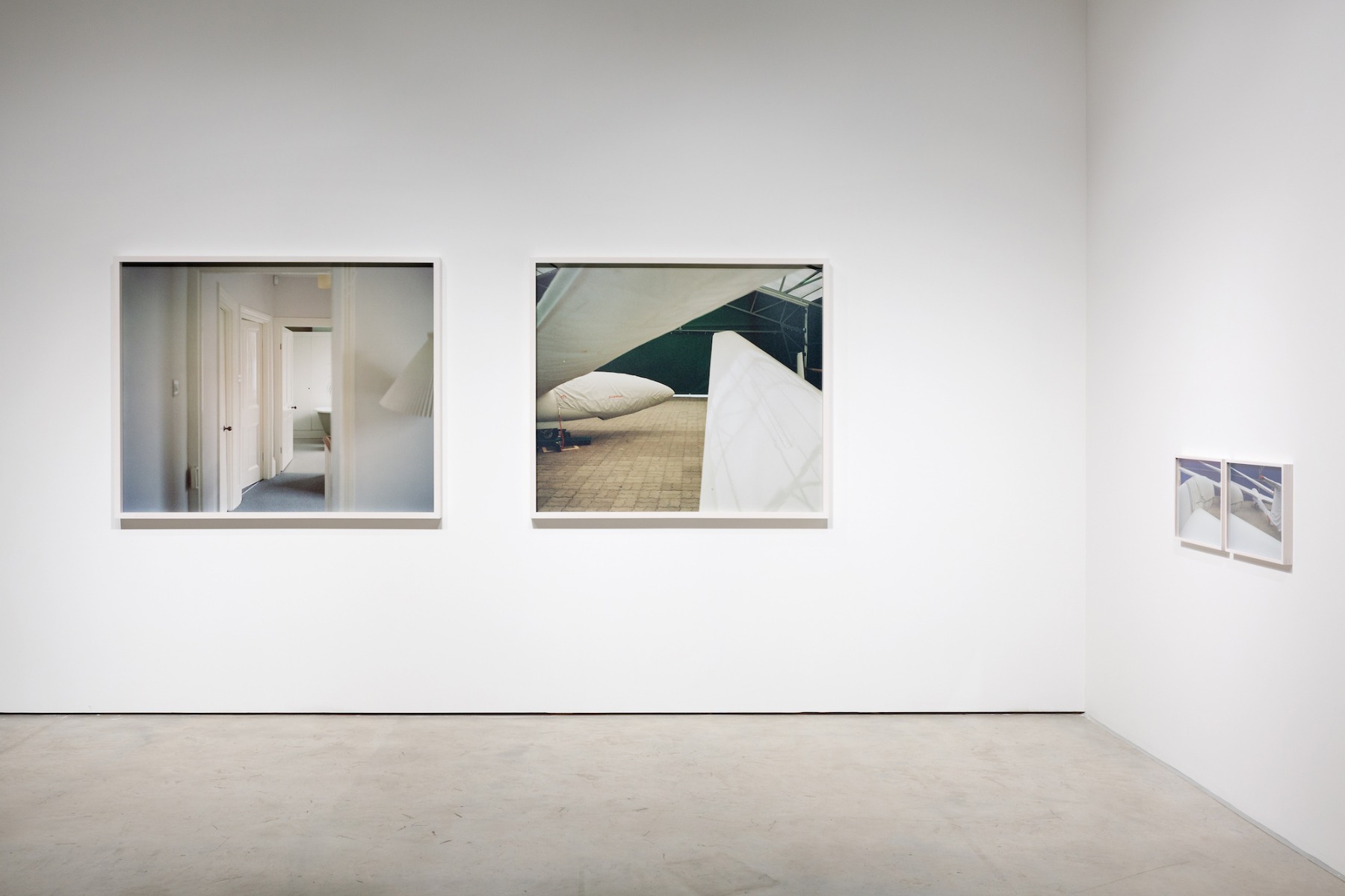
Have you flown a glider yourself?
I did take some gliding classes. I wanted to feel what it was like ‒ to take off, to soar into the air, to balance on basically nothing. I had not planned to photograph the gliders; rather, I was interested in the feeling. I thought that if I assimilated this experience ‒ both of the body and the consciousness ‒ I would be able to transfer it to my exhibition.
It was indeed a challenging experience in every sense of the word. But when I arrived for my second class of gliding, it turned out that the weather was very windy and rainy. And instead of a new experience of ‘flying powered by nothing’, I started taking pictures of the gliders as they were lying around, waiting for better days. Somehow it clicked with my current sense of the moment ‒ this feeling that, yes, sometimes it is very much okay to simply stay home. To gather your wits and strength.
I have never tried flying a proper glider, just a hang-glider. It was also unpowered, of course. Accompanied by my instructor, I glided off a mountain in the Swiss Alps. It was quite a long time ago, in the mid-1990s. I had very little computer skills at the time and was not a video game fan. But as we were soaring, it seemed to me for some reason that I had somehow ended up in a virtual reality. As if I were inside a computer, inside a high-resolution graphic image…
It probably must have been both the new experience and the completely new and different environment ‒ the Alps. For me personally it was rather the perspective from which I was looking at the reasonably familiar sights of my native South Estonia – that was the novelty. The main surprise was this sense of elevation born out of real physical height. And everything somehow felt very comfortable and pleasant. There was no fear; I felt no threat to my safety. At the same time, there was this sense of coming back to something that I had used to know or that had been part of me before.
I was referring to virtuality in the sense that it felt like operating a super-robot in a game: one that could run up the walls, take to the sky, move in every direction ‒ a complete 4D. And perhaps birds also have this computer-like mindset in which everything is possible: you can go up, you can go down to the left or to the right.
Yes, I did feel a bit like that myself. It is, after all, something like a miracle. But speaking of ‘1990s experiences’, I would mention the time I went underwater cave diving with my friends. It was just us and our guide there. Your sense of time and space changes enormously. Any sense of time disappears completely. And this unreal feeling is somewhat similar to ‘flying on nothing’.
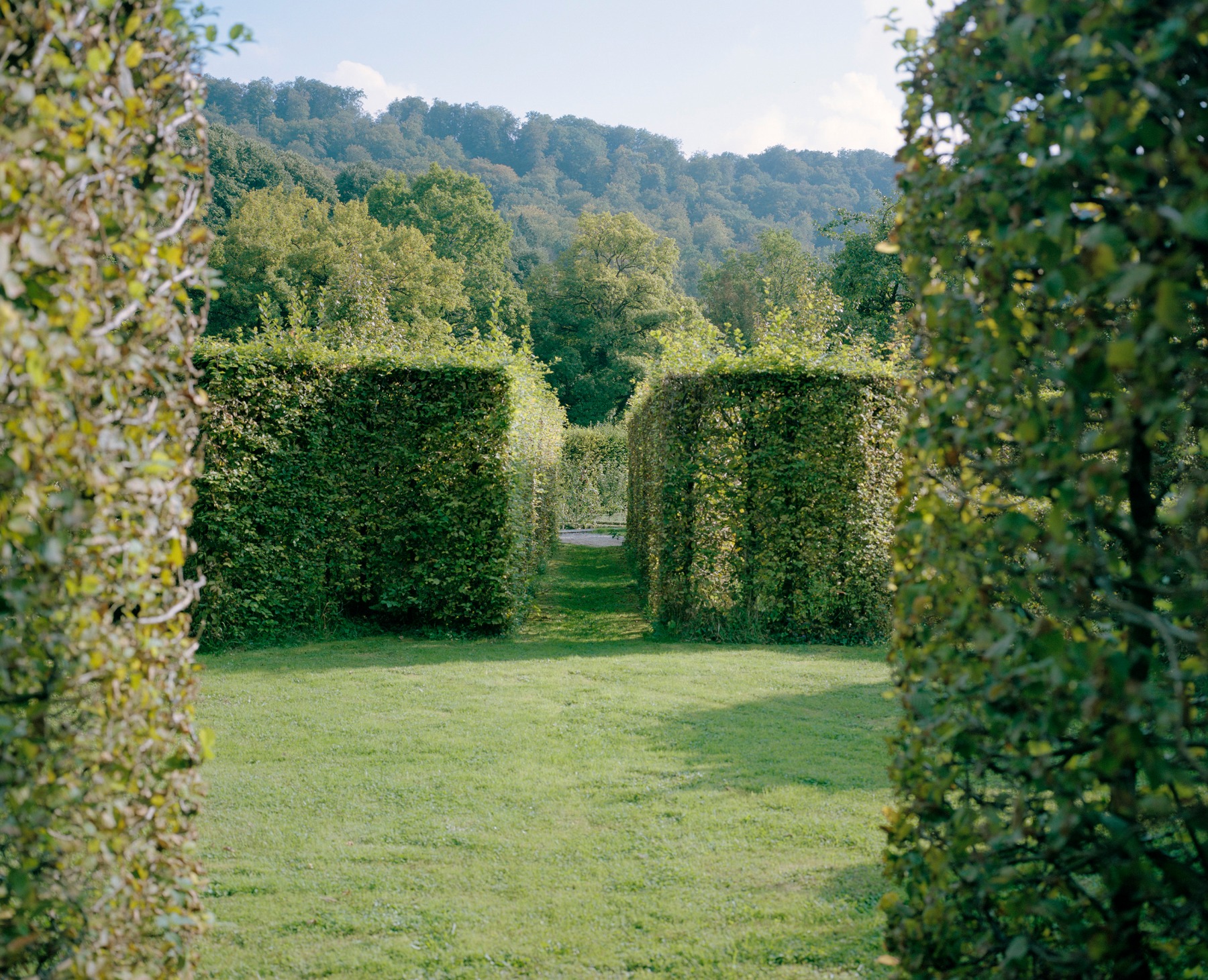
This exhibition is about both flights and the pause during them or before them. We are all currently in this state of pause that has been forced upon us. But you are attempting to look at it from a different angle.
If I stay home and focus all of my energy, at some point it will take me back to this state of soaring. But perhaps I need to have a cup of tea before that.
The exhibition has been running for several days now, and you are also spending quite a lot of time there. What have been the most interesting comments from visitors?
Most of all I liked someone’s remark that these were photographs that you could spend a lot of time looking at.
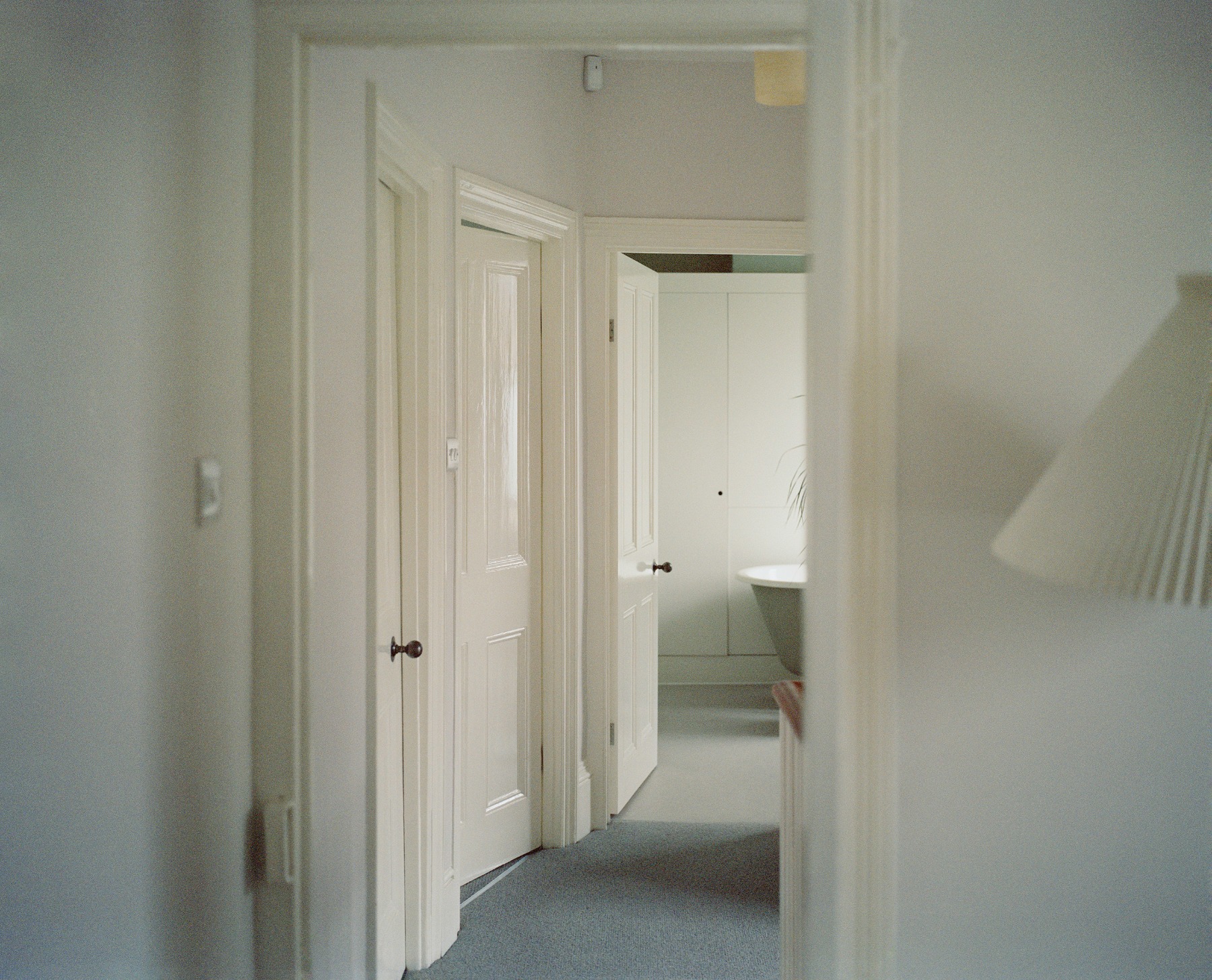
Yes, there definitely is some kind of balance between the ‘slow time’ you can notice in your photographs and the amount of time dedicated to them by the viewer. Slow time is already inside them, and you certainly spend quite some time looking at them. And it somehow balances out.
I can only feel very happy about it if I have truly managed to stretch out and expand this time.
